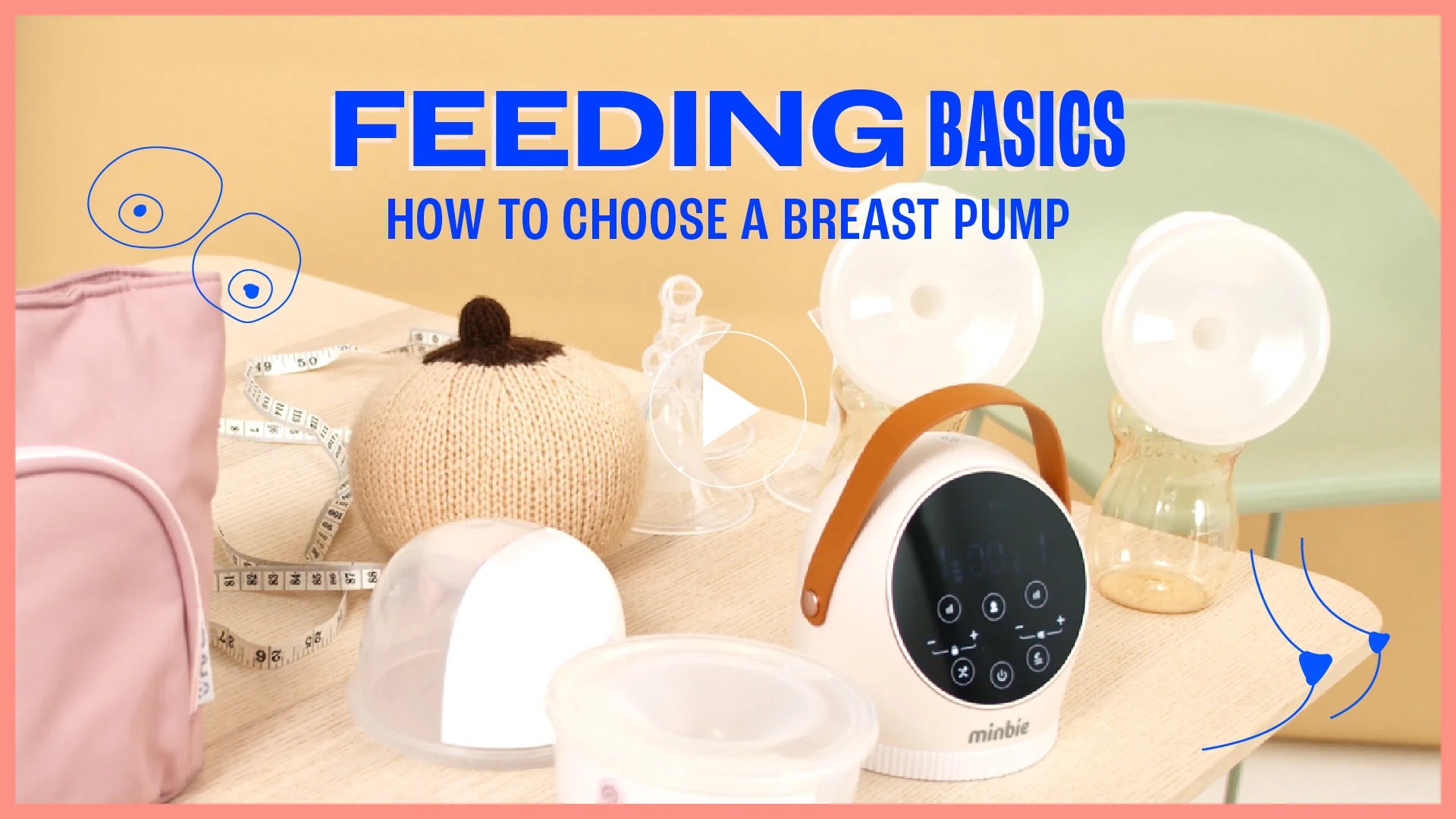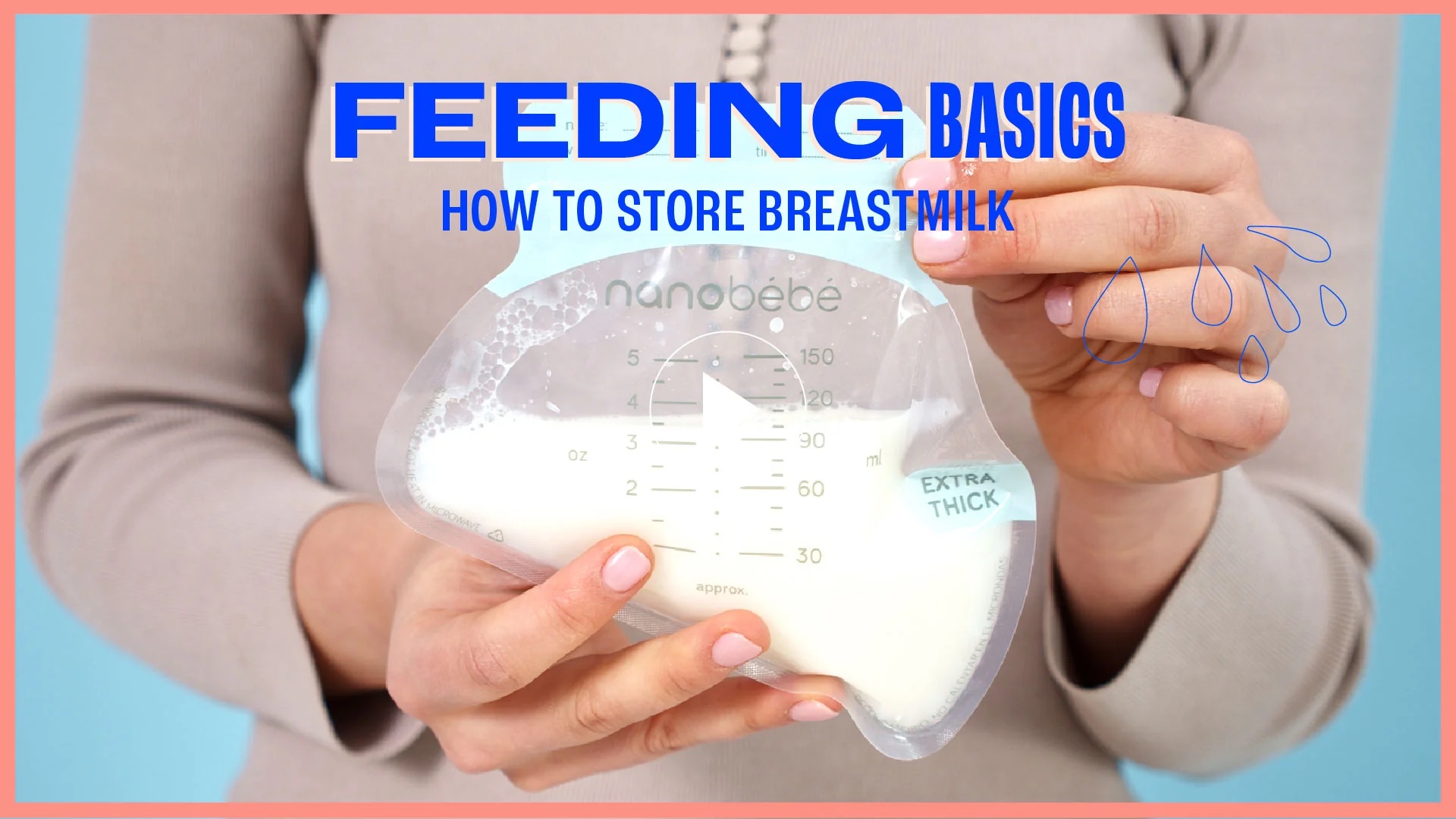To express milk for your baby, you’ll need a breast pump. Expressing is an art unto itself. For some mums, it’s a necessity. For others, a way of aiding routine or to gain a bit of independence. For others, it comes into play when transitioning back to paid work. For some, it’s used as a dream feed, so a new mum can get more shut-eye whilst their partner does the feed. Breast pumps have come a long way, and like advances in sleep devices, there is much to filter through.
Why pump?
- It can offer a sense of freedom, allowing you to replace a breastfeed with a bottle feed.
- If you find you have a huge oversupply or a very intense let down causing your baby to splutter or gag, pumping for a short period of time until the flow eases can help your baby to feed more comfortably.
- If you have an undersupply, pumping in between feeds (or a few times per day), can help to signal to your body that more milk is required. Placing more ‘demand’ on your breasts is a good way to prompt a greater supply.
When do you pump?
When the baby is first born, the general recommendation for those parents wanting to establish breastfeeding is to exclusively breastfeed for the first 4-8 weeks, to allow milk supply to regulate based on their baby's individual needs.
After that, all going to plan, timing of a pump is personal and based on your lifestyle, but many parents will find that they can collect the most decent yield an hour after each feed while others might find pumping after every 2nd or 3rd feed is more effective. It’ll take a little trial and error as you work out a system that is most suited to you, your baby and your lifestyle, as will the duration of the pump per side. 15 minutes is usually the point at which it's a good idea to swap sides, or finish up if you have covered both the right and the left.
When would you need to buy a pump?
You might not need a pump straight away. A pump is something most parents buy after birth, around the four week mark once you’ve had adequate time to assess your feeding situation and needs.
Which pump to choose
Choosing the right pump for you depends on your personal needs. Watch our video here:

Finding your perfect fit
Joelleen (IBCLC) Lactation Consultant, shares that most mothers who are pumping are not using the correct flange size. This can be a problem because a flange that isn’t fitting correctly (generally too large) can allow too much of the areola/ tissue surrounding the nipple to be suctioned into the pump tunnel. Only the nipple is supposed to move back and forth, gently. This efficient suction causes milk to spray. A flange that is too large can damage this delicate tissue and cause pain, and it won’t suction effectively. To ensure you have the right fit, measure your nipple prior to pumping or breastfeeding. Measure across the base of your nipple only, the diameter, not any of your areola. Add 1 mm if you are breastfeeding (before breastfeeding or pumping), or if you’re measuring while pregnant, add 2mm.
Watch our video on how to fit a breastpump https://thememo.com.au/blogs/notepad-watch/how-to-fit-a-breast-pump
Once you’ve pumped, milk needs to be stored in the fridge or freezer. Watch our tutorial here https://thememo.com.au/blogs/notepad-watch/how-to-store-breastmilk













